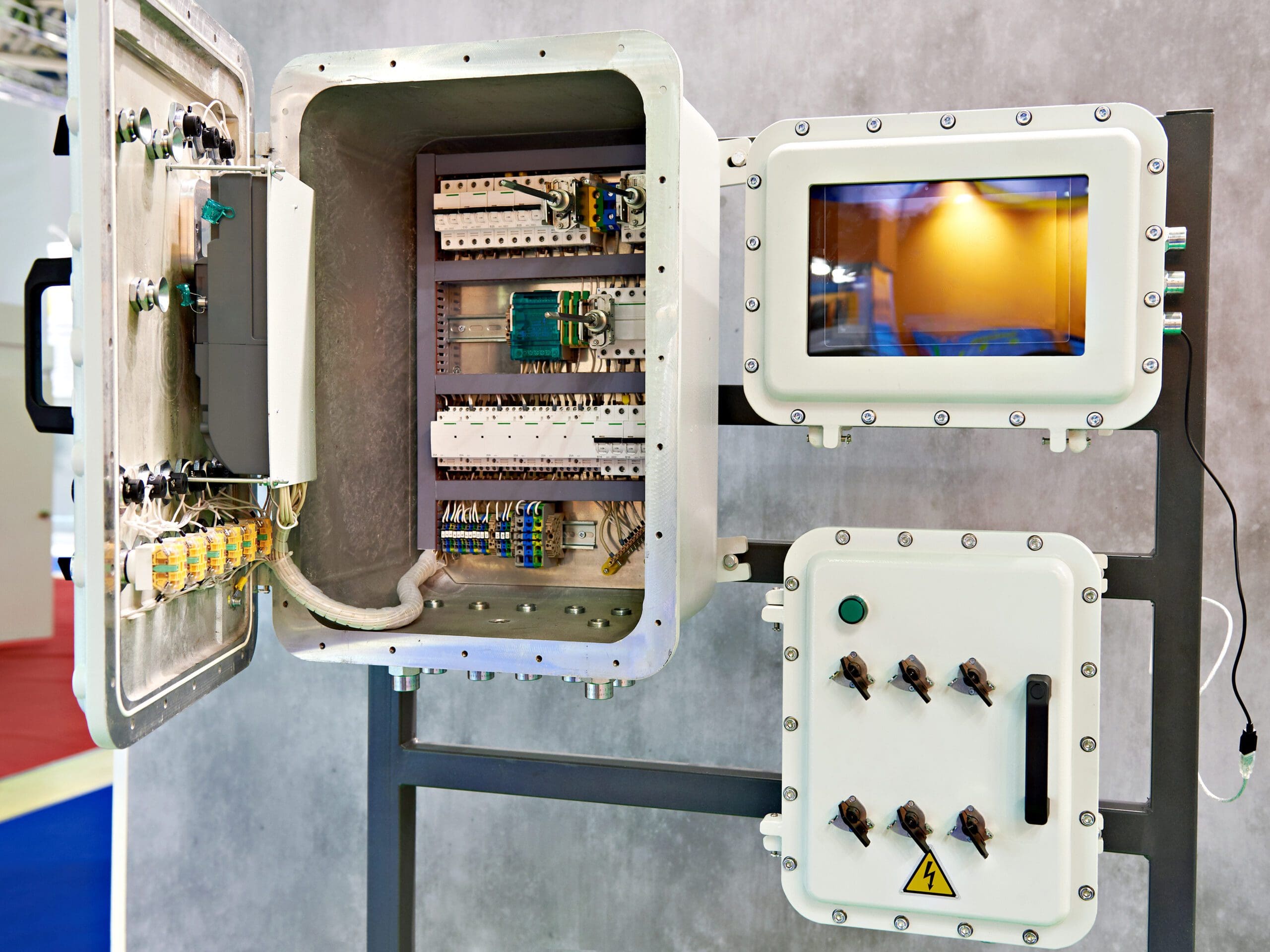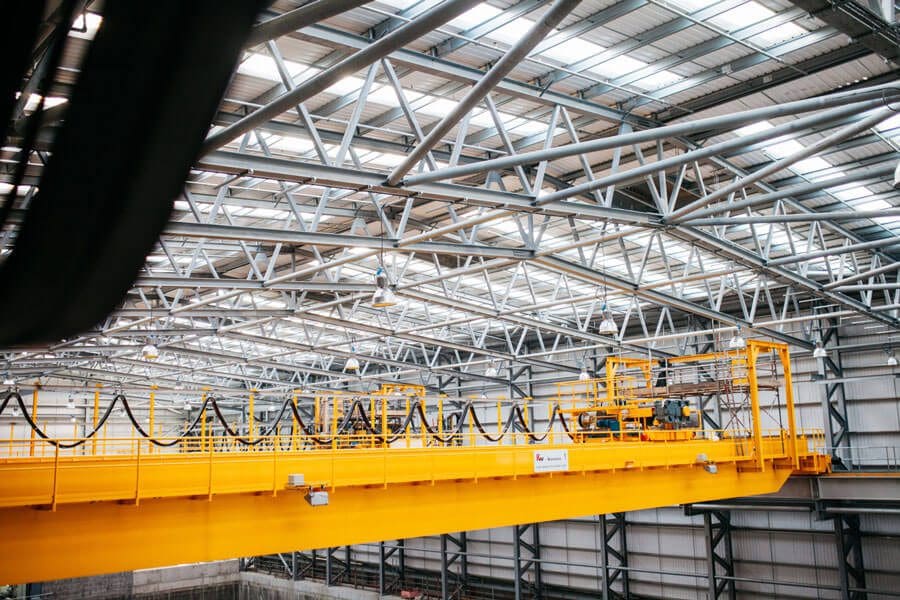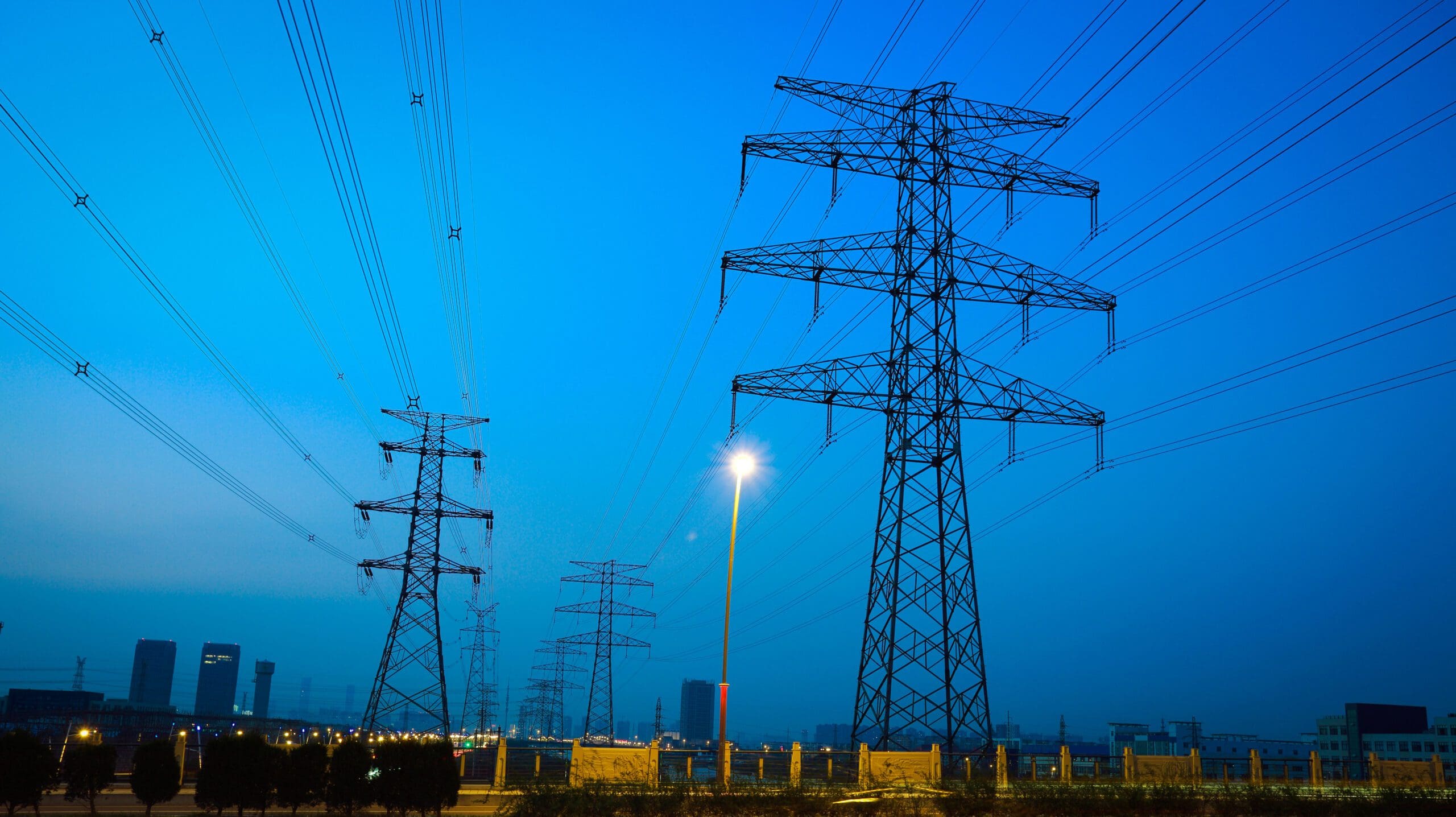Energy Modeling—A Smart Way to Boost Efficiency
As energy prices soar, individuals and organizations are increasingly focused on energy efficiency. That makes sense from a cost-saving point of view, and it’s good for the environment. Fortunately, the outlook for more energy-efficient systems is brighter now than ever before. Recent advances in technology have facilitated a quantum leap in this area—through energy modeling, also known as whole-building energy modeling (BEM).
Energy Efficiency Matters More When the Stakes Are High
It’s common nowadays for homeowners to look at their rising utility bills and seek ways to economize. They might realize they’re wasting energy through things like inadequate insulation, inefficient lighting, or extreme thermostat settings. It then becomes a relatively straightforward endeavor to make the necessary changes. But achieving energy efficiency in a large industrial or commercial building is a very different matter. The systems involved are complex and large in scale. Once they’re in place, changing them can be expensive and time-consuming. Getting things wrong in the beginning can mean millions of dollars wasted.

Putting the Pieces Together
Energy usage in large buildings is affected by a number of factors, which can be identified and quantified in an analysis of energy use intensity (EUI). The results of this analysis are commonly expressed as energy per square area per year. Input factors include things like lighting, heating, cooling, and, in the case of factories and industrial facilities, equipment. Determining how these various systems interact to affect energy usage is a complex challenge, to put it mildly. In the past, architects and builders could make their best educated guesses. But now, sophisticated energy modeling software enables planners to make such calculations with remarkable precision.
Achieving energy efficiency begins with a building’s design and the selection of appropriate materials and equipment. But once a facility is in use, its energy profile is affected by numerous variables that can change the outlook dramatically—things like the weather and, most of all, human behavior, because a building’s energy usage is determined largely by the people who are in it from day to day.
For example:
- Do they set the thermostats unnecessarily low or high?
- Are they using more hot water than anticipated?
- How many wall plugs are they using?
- Do they keep the blinds open in sun-facing rooms during the heat of the day?
- Do they leave the lights on in every room day and night, whether in use or not?
All these factors together can have a big impact. In fact, the mere presence of humans in a building makes a big difference; after all, every living person generates heat continually at about 98.6 degrees. Having more or fewer people in a building can change its energy profile dramatically.

How Energy Modeling Makes a Difference
Predicting these things before a facility is built would be enough to vex the nimblest of minds. But BEM software can put the relevant factors together using physics equations and construct a reasonable simulation of how a facility would function. It considers factors such as a building’s geometry, construction materials, heating and air conditioning, lighting, refrigeration, water heating, and anticipated occupancy. Energy modeling then applies the principles of scenario analysis—an approach to problem solving that was developed for military intelligence and has since been applied to such things as financial investment strategies. This approach envisions best- and worst-case scenarios and suggests alternative courses of action for each.
Using this information, planners can input changes in design or building materials and see how that changes the results. It all makes the task of designing an energy-efficient building faster, easier, and more precise.

The Government Lends a Hand
As energy efficiency is now a matter of concern for government at all levels, it’s no surprise that the federal Department of Energy (DOE) has established a high-profile presence in the field of energy modeling. It actively supports research, development and deployment of BEM, and offers two software tools to help private operators employ it effectively. According to the DOE:
- EnergyPlus™ is a state-of-the-art BEM engine capable of modeling low-energy designs and HVAC systems, in addition to more conventional buildings.
- OpenStudio™ is a software development kit (SDK) that reduces the effort of EnergyPlus-based application development. It also includes a graphical application that demonstrates use of the SDK. OpenStudio has been instrumental in accelerating the adoption of EnergyPlus.
These tools are available to companies that need them on a “commercial -friendly non-exclusive open-source license.” (You can find out more here.)
It’s Never Too Late for Energy Modeling
Obviously, energy modeling works best when it’s applied before a building is constructed. But facilities built before such tools were available can still benefit from this technology. Energy modeling can play a vital role in retrofitting aging buildings to improve energy efficiency and comply with current standards. In that regard, FCG offers comprehensive facility retrofit services through Fleming 8760. Perhaps the best news for companies seeking to improve their energy usage is that there are abundant financial incentives they can take advantage of to bring costs down. These include tax deductions and utility-based rebates. In fact, Fleming 8760 has helped clients recoup more than 50 percent of their retrofitting costs through such incentives.
The technology now exists to make energy efficiency easier than ever to achieve. Smart companies can use these tools to help the environment while improving their bottom line. And that’s a change worth pursuing.


